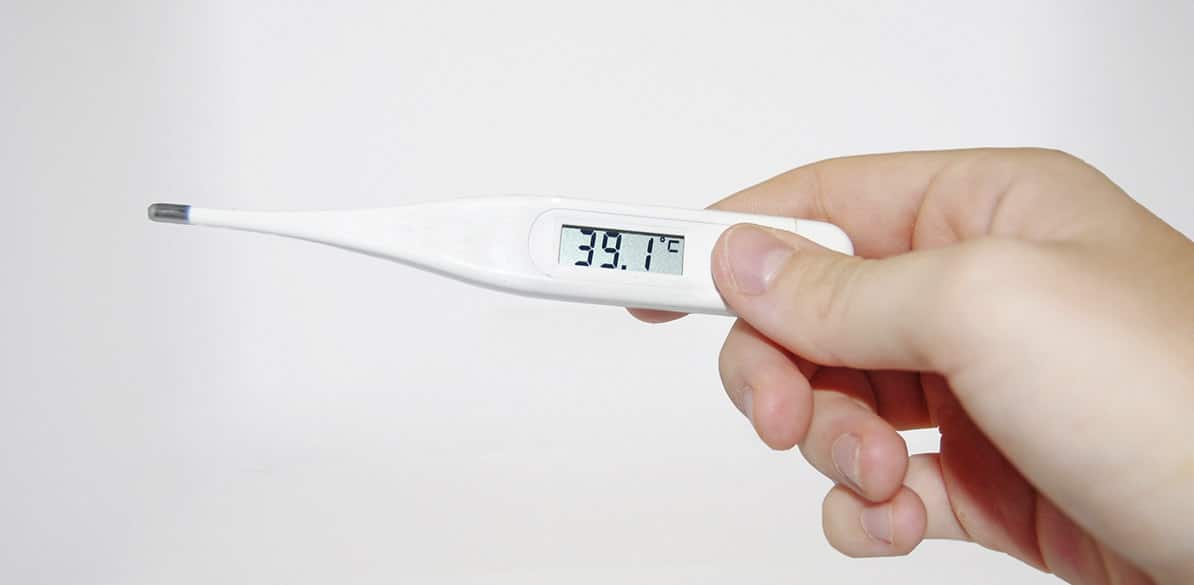Endocarditis and pericardial diseases that interfere with driving

Endocarditis
Infectious endocarditis is the name given to the infection of the vascular endothelium of the heart valves and the endocardium, in most cases caused by Streptococcus followed by Staphylococcus.
There is usually an existing cardiac, rheumatic or congenital lesion in the valves.
During the first year after the placement of a valvular prosthesis, a small percentage of patients develop infectious endocarditis.
Injection drug addicts with no previous history of cardiopathy are also frequent sufferers of endocarditis. In almost half of cases, the tricuspid valve is affected, which is not frequent in other situations.
The symptoms of infectious endocarditis include fever accompanied by musculoskeletal manifestations, symptoms produced by cardiac and extracardial complications or persistent fever.
Cardiac complications:
- The most frequent complication and main cause of death is heart failure caused by valve failure or associated myocarditis.
- A valvular or myocardial abscess can go unnoticed, but fever and frequent cardiac arrhythmia aid diagnosis, after which surgery is indicated. This is more frequent in the case of prosthetic valves.
- Myocardial infarct (MI) is caused by embolisation and less frequently by coronary thrombosis secondary to myocarditis.
- The rupture of myocardial or perivalvular abscesses causes pericarditis.
- Valvular obstruction is caused by growth in the form of vegetation at the focal point of the infection.
Extracardial complications:
- Embolisms and mycotic aneurysms are usually multiple, and their seriousness depends upon which artery is affected.
- The effects on the nervous system can manifest as a cerebrovascular accident, meningoenchephalitis, lesion of the cranial pairs and peripheral nerves, cerebral abscess, confusion and psychiatric disturbances.
- Nephropathy is also possible with development of renal failure.
- In addition, remote focuses of infection can cause multiple organ involvement in, for example, the liver, bones, spleen, joints, etc.
- Urgent treatment with antibiotics is obligatory.
- In certain cases, where the disease evolves unfavourably because of failure of medical treatment or relapse, surgery is required.
Advice on Endocarditis, Cardiac complications and Extracardial complications
- Driving must not be permitted from the onset of the disease until the clinical condition has completely resolved, and no fever or relapses are in evidence, and the patient has recovered appropriate cardiac function to allow driving.
- The specialist’s report should review the evolution and prognosis of the disease and the likelihood of complications after the acute situation is resolved.
- When there is risk of sudden death the patient must not drive.
- It will be the doctor, basing his decision on the results of cardiac function tests and the absence of involvement of other organs, who will decide whether driving should be restricted in the interest of the patient’s safety.
- If surgery treatment is carried out to treat the complications of the endocarditis, a prolonged post-surgical period is required to allow for the appropriate recovery of cardiac function.
- The specialist will confirm when the patient has made a complete recovery and carries no increased risk when driving as a result of his illness.
Diseases of the pericardium
Acute pericarditis is characterised by sharp pain in the thorax, pericardial rub and changes in auricular and ventricular repolarisation. Fever, coughing and tiredness can present.
The patient should rest while suffering from pain and fever.
Treatment with acetylsalicylic acid improves the clinical symptoms, but on occasions, in cases of persistent pericarditis, the long-term use of other anti-inflammatory drugs such as indometacine or corticoids may be required.
In cases with associated pathology, specific treatment is required.
Advice
- Patients with thoracic pain must not drive.
- Fever interferes with a driver’s capacity to concentrate, so driving is not advisable.
- Driving is not permitted until the patient’s clinical condition has been completely resolved for at least one month, and then only on obtaining a report from the specialist giving his consent.
- Pericardial effusion can be caused by pericarditis, heart disease, valve disease, uremia, hypothyroidism, thoracic trauma and dissecting aortic aneurysm.
- The causal disease is treated, with close monitoring of the patients evolution and relapses.
- Cardiac taponade is most the frequent form of idiopathic pericarditis, followed by neoplastic pericarditis, purulence, tuberculosis and trauma.
- The clinical symptoms vary from relatively well-tolerated right-sided heart failure to severe cardiogenic shock. Periocardiocentesis or surgical drainage is required.
- Constrictive periocardiocentesis limits ventricular intake, and is observed in the evolution of tubercular, traumatic, purulent, neoplastic and postirradiation pericarditis, as well as that associated with rheumatoid arthritis.
- Patients present the clinical signs of right-sided heart failure with dyspnoea. Surgical treatment is required if the patient cannot be controlled using medical treatment.
Advice on Diseases of the pericardium
- Patients with thoracic pain must not drive.
- Fever interferes with a driver’s capacity to concentrate, so driving is not advisable.
- Driving is not permitted until the patient’s clinical condition has been completely resolved for at least one month, and then only on obtaining a report from the specialist giving his consent.
Advice on Pericardial effusion, Cardiac taponade and periocardiocentesis
- These three conditions that affect the pericardium preclude driving due to the disease that causes them, and because of their effects on cardiac function and occasional insidious evolution into relapses and resistance to medical treatment.
- Each patient is different, meaning the doctor must warn of the serious risks of driving if there is still evidence of pericardial disease.
- While the associated disease remains uncontrolled and the risk of relapse of the pericardial disease remains, driving must not be permitted.
- Surgical interventions are followed by a recovery period, which lasts until complete recovery, without relapses or sequelae that could limit driving.
- It is down to the judgement of the medical professional whether the patient should be permitted to drive, depending on the evolution of the condition, regarding which the patient will be informed.
